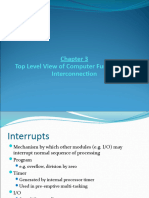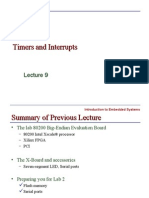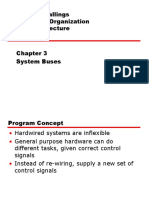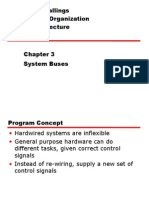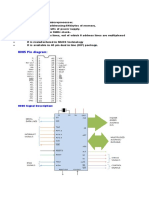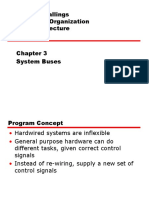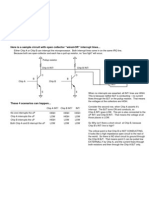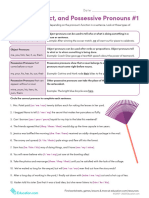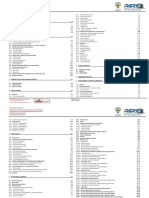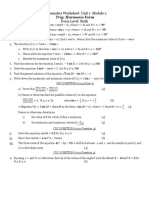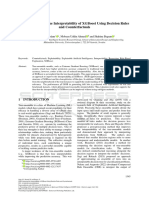100% found this document useful (1 vote)
375 views24 pagesCh3 Advanced Hardware Fundamentals Lecture
This document provides an overview of microprocessor fundamentals including basic connections like address and data lines, buses, interrupt connections, and UARTs. It describes the address space and memory mapping to add devices to the bus. Common components like timers, I/O pins, and watchdog timers that are built into microprocessors are also summarized.
Uploaded by
api-3838221Copyright
© Attribution Non-Commercial (BY-NC)
We take content rights seriously. If you suspect this is your content, claim it here.
Available Formats
Download as PDF, TXT or read online on Scribd
100% found this document useful (1 vote)
375 views24 pagesCh3 Advanced Hardware Fundamentals Lecture
This document provides an overview of microprocessor fundamentals including basic connections like address and data lines, buses, interrupt connections, and UARTs. It describes the address space and memory mapping to add devices to the bus. Common components like timers, I/O pins, and watchdog timers that are built into microprocessors are also summarized.
Uploaded by
api-3838221Copyright
© Attribution Non-Commercial (BY-NC)
We take content rights seriously. If you suspect this is your content, claim it here.
Available Formats
Download as PDF, TXT or read online on Scribd
/ 24






